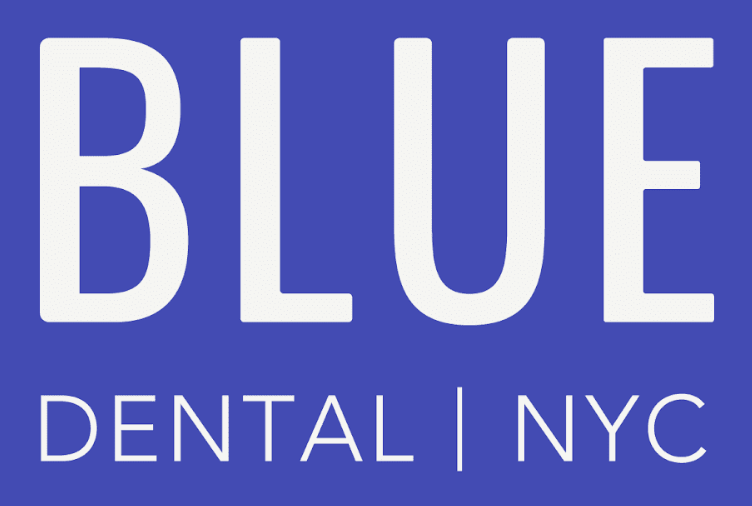Cavity Treatment
in Upper East, Manhattan
Tooth decay is common—but it’s also highly treatable when caught early. At Blue Dental on the Upper East Side, we use conservative, tooth-colored solutions to stop decay, restore strength, and keep your smile looking natural.
Why choose us
- Conservative dentistry: We preserve healthy enamel and only treat what’s necessary.
- Natural esthetics: Shade-matched materials that blend seamlessly with your teeth.
- Comfort-first care: Thorough numbing when needed, calm pacing, and clear aftercare.
- Insurance-friendly: Benefits verified up front, transparent estimates, and claims filed for you.
What is a cavity?
A cavity is a soft spot where acids from bacteria dissolve enamel and dentin. Untreated, decay grows deeper—leading to pain, infection, and more complex treatment. Early detection keeps care simple and cost-effective.
Signs you may have a cavity
- Sensitivity to sweets, cold, or heat that lingers
- Sharp pain when biting on a specific tooth
- Visible pits, dark spots, or roughness you can feel with your tongue
- Food trapping between teeth or along the gumline
(Some cavities are symptom-free—regular exams catch them early.)
Treatment options (matched to severity)
- Remineralization (very early lesions): Fluoride varnish, prescription toothpaste, and home-care coaching to harden enamel.
- Sealants (deep grooves at risk): Thin protective coating for pits/fissures on molars.
- Tooth-colored fillings (small–moderate decay): Composite resin bonded for strength and natural appearance.
- Inlays/Onlays (larger defects): Custom ceramics for durability while preserving tooth structure.
- Crowns (extensive damage): Full coverage to restore strength and function.
- Root canal + crown (when decay reaches the nerve): Removes infection, relieves pain, and saves the tooth.
How your visit works
- Diagnosis: Visual exam, cavity-detecting instruments, and digital X-rays as needed.
- Plan & estimate: We explain options, materials, and timelines—no surprises.
- Treatment: Gentle anesthesia (if needed), conservative removal of decay, and precise restoration.
- Polish & bite check: Smooth finish and comfortable contacts.
- Prevention plan: Personalized tips and intervals to keep cavities from returning.
Prevention that actually works
- Brush twice daily with fluoride toothpaste; clean between teeth daily (floss/picks/water flosser).
- Rinse after coffee, tea, or sugary/acidic drinks; limit frequent snacking.
- Professional cleanings and exams every 6 months (or 3–4 months if you’re higher risk).
- Fluoride and sealants for susceptible areas; night guard if you clench.
Cost & insurance
Fees depend on size and type of restoration (filling vs. inlay/onlay vs. crown) and whether root canal therapy is needed. Most PPO plans contribute to cavity treatment. We’ll verify benefits in advance, provide a clear written estimate, and submit claims on your behalf. Payment options are available.
FAQs
Will a filling be noticeable?
No—composite is color-matched and polished to blend with surrounding enamel.
Why not always use a filling?
Very large cavities need an inlay/onlay or crown to prevent fractures and ensure long-term strength.
Will it hurt?
You’ll be thoroughly numb when needed. Mild sensitivity afterward is common and usually fades within a few days.
Can a small cavity heal on its own?
Early enamel lesions can sometimes be re-hardened with fluoride and habits—but once decay penetrates dentin, a restoration is needed.
What if I’m pregnant?
Most dental care is safe with appropriate precautions. We’ll coordinate timing and materials with your OB’s guidance.
Ready to stop decay—and keep it that way?
Book a cavity evaluation at our Upper East Side office. We’ll make treatment quick, comfortable, and practically invisible—then give you a prevention plan that fits your routine.
